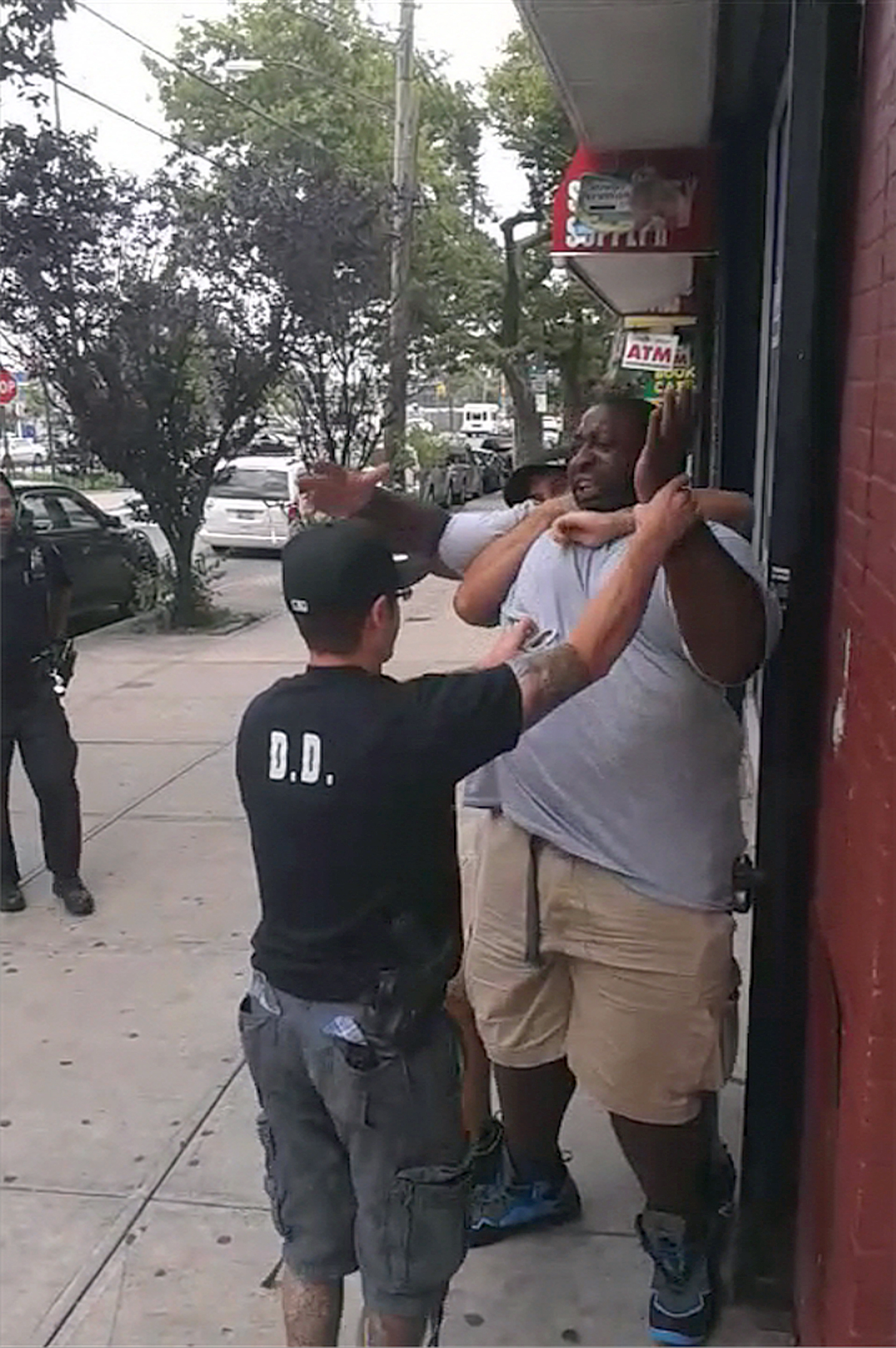Eric Garner Case: 5 Things You Need to Know About the Grand Jury
The grand jury is close to making a decision.
— -- A grand jury in New York City is close to announcing a decision on whether to indict a white police officer in the case of Eric Garner, a black man who died after being put in a choke hold by the cop this summer.
Eric Garner: How the NYPD Is Preparing for the Grand Jury Decision
Here are five things you need to know:
Location:
The case is being heard by a grand jury on Staten Island, officially known as Richmond County.
The District Attorney's office is well-regarded, but remains the smallest of the five D.A.’s offices in New York City. It is also the only office headed by a Republican, Daniel Donovan. Staten Island is the only borough of New York City where the Republican Party has any real presence whatsoever.
Historically, police officers from nearby boroughs such as Brooklyn and Queens live or have lived on Staten Island.

Process:
The grand jury is made up of 23 people, led by a foreperson. All 23 do not need to appear for every day of testimony.
An indictment is voted by majority of the total grand jury, meaning 12 grand jurors must agree regardless of how many are present in the room when the vote is called. Once 12 vote for indictment, the voting stops.
No one ever knows if an indictment was unanimous. The voting is done by a show of hands and no record is ever kept of the vote. The rest of the grand jury’s minutes is recorded and given to the judge but only segments of it are ever released at trial.
Charges:
The grand jury votes on a menu of charges for each potential defendant. The list of charges is decided solely by the D.A. The list of possible defendants is also decided solely by prosecutors.
In this case, the possible charges have not been announced but prosecutors who do this work tell us the range is going to include: second-degree manslaughter, criminally negligent homicide, felony assault, reckless endangerment. Prosecutors could ask for first-degree manslaughter, but doubtful they could get it.
As the list of charges is considered by the grand jury, questions could arise about facts of the case and how they should be considered. The grand jury could seek more information or additional witnesses. They are in total control.

Decision:
Once the decisions on indictments are made by vote, the grand jury’s work is over. But the D.A. has to go through the mechanics of transforming a voted set of charges into a formal indictment, which requires a signature by the court clerk. The signature is what makes it public. The D.A. could, therefore, sit on the unofficial set of charges and wait until the next day to turn them into an official indictment. This happens all the time.
Possible Indictment
If there’s an indictment, the defendant would be tried on Staten Island. In addition to the D.A., the FBI and Justice Department are “monitoring” the case and could open a formal civil rights probe.
Indictment or not, Garner's family has also indicated that they plan to sue the city for $75 million for wrongful death.



